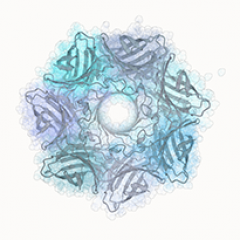Nanopore Sequencing Enables Comprehensive Transposable Element Epigenomic Profiling.
Adam D. Ewing, Nathan Smits, Francisco J. Sanchez-Luque, Jamila Faivre, Paul M. Brennan, Sandra R. Richardson, Seth W. Cheetham, Geoffrey J. Faulkner,
Molecular Cell, Volume 80, Issue 5, 2020, Pages 915-928.e5, ISSN 1097-2765,
https://doi.org/10.1016/j.molcel.2020.10.024.
Summary
Transposable elements (TEs) drive genome evolution and are a notable source of pathogenesis, including cancer. While CpG methylation regulates TE activity, the locus-specific methylation landscape of mobile human TEs has to date proven largely inaccessible. Here, we apply new computational tools and long-read nanopore sequencing to directly infer CpG methylation of novel and extant TE insertions in hippocampus, heart, and liver, as well as paired tumor and non-tumor liver. As opposed to an indiscriminate stochastic process, we find pronounced demethylation of young long interspersed element 1 (LINE-1) retrotransposons in cancer, often distinct to the adjacent genome and other TEs. SINE-VNTR-Alu (SVA) retrotransposons, including their internal tandem repeat-associated CpG island, are near-universally methylated. We encounter allele-specific TE methylation and demethylation of aberrantly expressed young LINE-1s in normal tissues. Finally, we recover the complete sequences of tumor-specific LINE-1 insertions and their retrotransposition hallmarks, demonstrating how long-read sequencing can simultaneously survey the epigenome and detect somatic TE mobilization.
Acknowledgement
The authors thanked the University of Queensland Genome Innovation Hub for continuing support.



